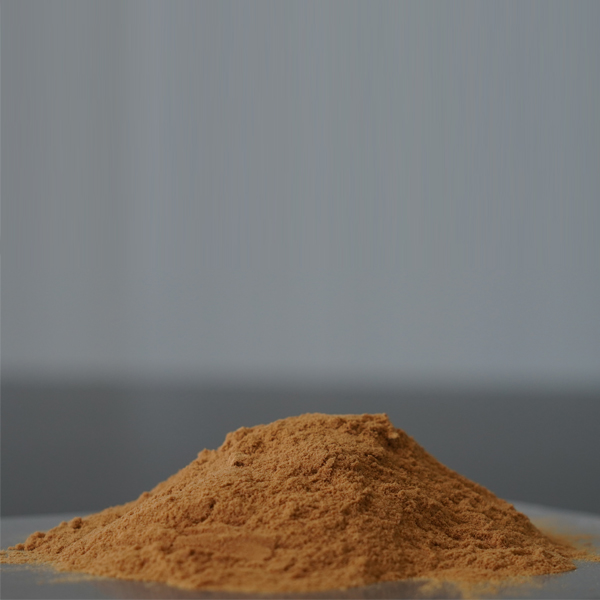
News
ਦਸੰ. . 22, 2024 12:46 Back to list
gypsum retarder quotes
Understanding Gypsum Retarders A Comprehensive Guide
Gypsum, a widely used material in construction and various industries, requires the addition of retarders during its application to control the setting time and enhance workability. This article delves into the concept of gypsum retarders, emphasizing their importance, types, applications, and considerations when choosing the right retarder.
What are Gypsum Retarders?
Gypsum retarders are chemical additives used in gypsum-based products to delay the hydration process. When gypsum, or calcium sulfate dihydrate, comes in contact with water, it begins to set and harden. While this property is crucial for its applications, there are situations where a controlled setting time is needed to allow for modifications, adjustments, or thorough mixing. This is where retarders come into play.
Importance of Gypsum Retarders
1. Extended Working Time In construction or art applications, workers often need more time to manipulate or position the material. Retarders ensure that the gypsum mixture remains workable for a longer period, facilitating intricate work.
2. Improved Finish Quality When gypsum sets too quickly, it can lead to a rough or uneven finish. Retarders help achieve a smoother finish by allowing more time for proper application and adjustments.
3. Reduction of Cracks and Defects Rapid setting can lead to internal stresses, causing cracks or defects in the final product. By controlling the setting time, retarders minimize these issues, ensuring durability and integrity.
4. Customized Setting Times Different applications may require different setting times. Retarders allow manufacturers and users to tailor the setting properties to meet specific project requirements.
Types of Gypsum Retarders
Various types of gypsum retarders are available, each with its own properties and applications. The most common retarders include
1. Sugar-based Retarders One of the most commonly used retarders, sugar delays the setting time effectively. It is suitable for various gypsum applications but can be sensitive to temperature and concentration.
2. Organic Acids Substances like citric acid and tartaric acid are also used as retarders. These organic solutions provide effective workability while being less prone to variability compared to other retarders.
3. Synthetic Retarders These are specifically formulated chemicals designed to offer precise control over setting times. They can be tailored for specific applications, making them highly efficient.
gypsum retarder quotes

4. Starch-based Retarders These are often biodegradable and environmentally friendly options. They offer the advantage of extending working times without compromising the overall strength of the gypsum.
Applications of Gypsum Retarders
The diverse uses of gypsum, from construction to art, necessitate the use of retarders in various fields
- Construction In the construction industry, gypsum is used for drywall, plastering, and creating decorative elements
. Retarders help workers manage the setting times, enabling complex designs to be crafted more easily.- Art and Sculpting Artists often use gypsum-based materials to create sculptures and molds. Retarders allow artists to work at a comfortable pace, ensuring detail-oriented finishing work.
- Medical Applications Gypsum is used in dental and orthopedic applications. Retarders help dental professionals and orthopedists to mold and shape the materials effectively, ensuring precise placements.
Considerations When Choosing a Gypsum Retarder
When selecting a retarder for gypsum applications, several factors need to be considered
1. Desired Setting Time Understand the specific requirements of your project. Different types of retarders will affect the setting time differently.
2. Environmental Conditions Temperature and humidity levels can significantly influence the performance of retarders. Choose a product that aligns with the environmental conditions of the application area.
3. Compatibility with Other Additives If you are using other additives (like accelerators or pigments), ensure that the retarder is compatible to avoid unexpected reactions.
4. Regulatory Considerations Some applications, particularly in healthcare, may have strict regulations regarding the materials used. Always ensure compliance with relevant standards.
Conclusion
Gypsum retarders play a crucial role in various applications involving gypsum-based materials. By understanding their importance, types, and applications, users can effectively select appropriate retarders to enhance workability, improve finish quality, and ensure the integrity of their projects. Whether for construction, artistic endeavors, or medical applications, selecting the right gypsum retarder is essential for achieving optimal results.
-
OEM Chelating Agent Preservative Supplier & Manufacturer High-Quality Customized Solutions
NewsJul.08,2025
-
OEM Potassium Chelating Agent Manufacturer - Custom Potassium Oxalate & Citrate Solutions
NewsJul.08,2025
-
OEM Pentasodium DTPA Chelating Agent Supplier & Manufacturer High Purity & Cost-Effective Solutions
NewsJul.08,2025
-
High-Efficiency Chelated Trace Elements Fertilizer Bulk Supplier & Manufacturer Quotes
NewsJul.07,2025
-
High Quality K Formation for a Chelating Agent – Reliable Manufacturer & Supplier
NewsJul.07,2025
-
Best Chelated Iron Supplement for Plants Reliable Chelated Iron Fertilizer Supplier & Price
NewsJul.06,2025
